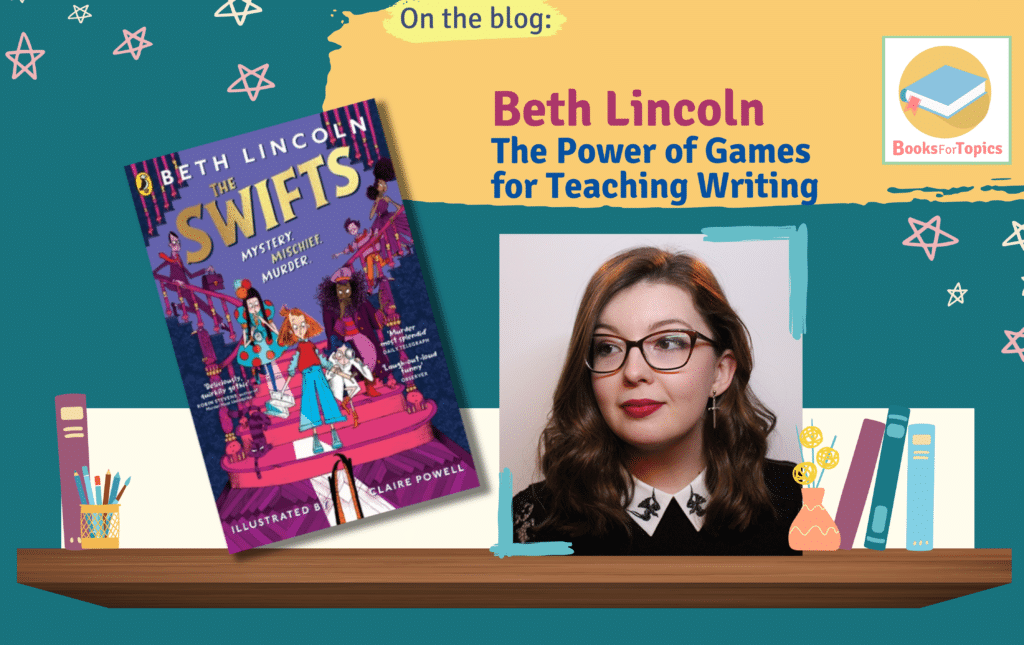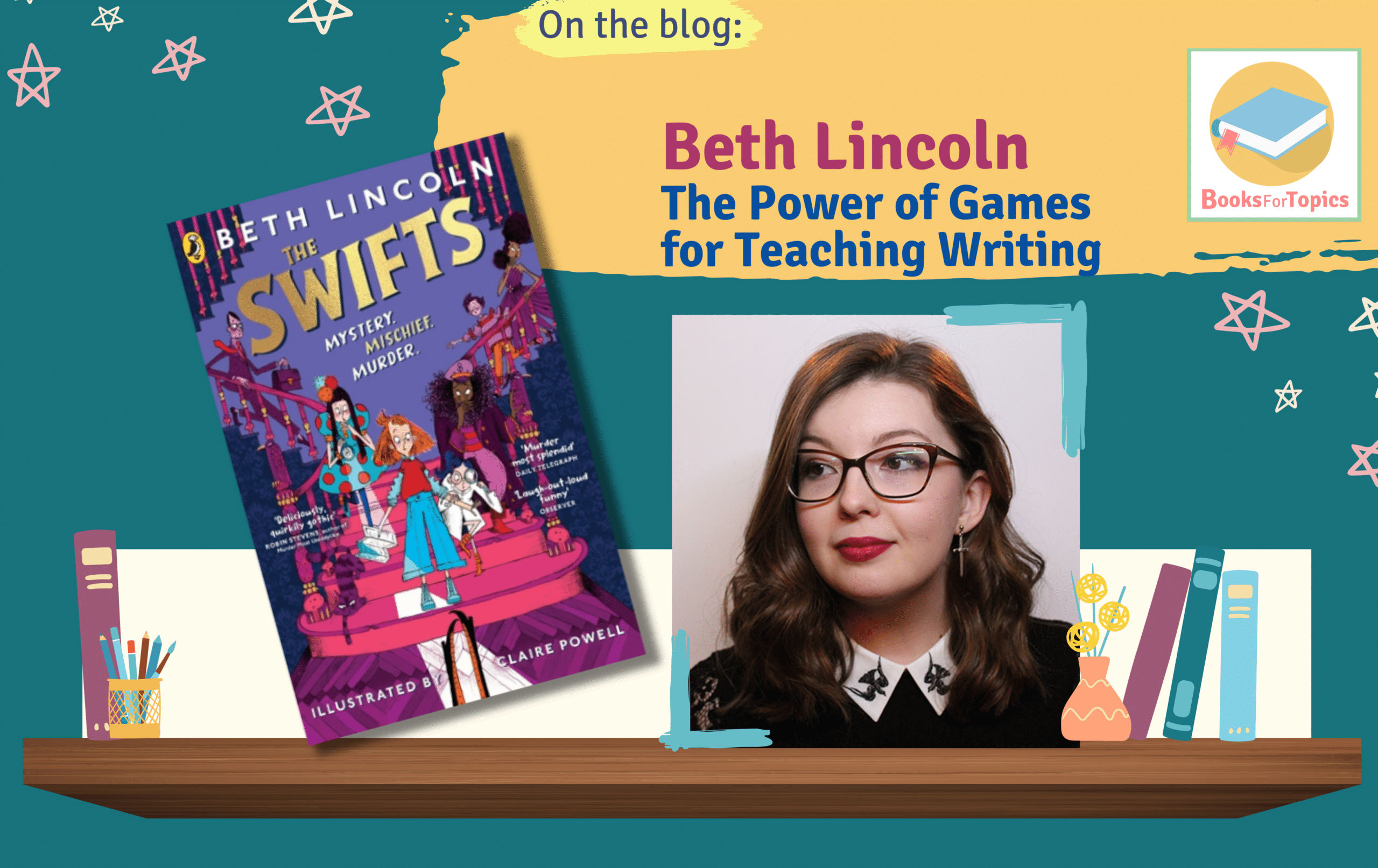Guest Post: Beth Lincoln
Author of The Swifts
The Writing Game
I get bored very, very easily.
It’s a trait I gave the main character of my book, Shenanigan Swift, though I’m pleased to say I don’t start using furniture for target practice when the dullness kicks in. Instead, I play games to trick myself into doing Adult Things, like trying to dunk my socks into the laundry basket from across the room, inventing a backstory for the person in front of me at Tesco, or making up a song about cleaning the loo so I don’t wander off in the middle of doing it. We all play these games, at least a little bit. It’s something we learn to do as children, to pass the time between Fun Thing A and Fun Thing B.
Since I rely on games so much, and since I am chronically incapable of doing things I don’t find interesting, I’ve become something of a play evangelist when it comes to teaching children writing skills.
Children as Storytellers and Game Players
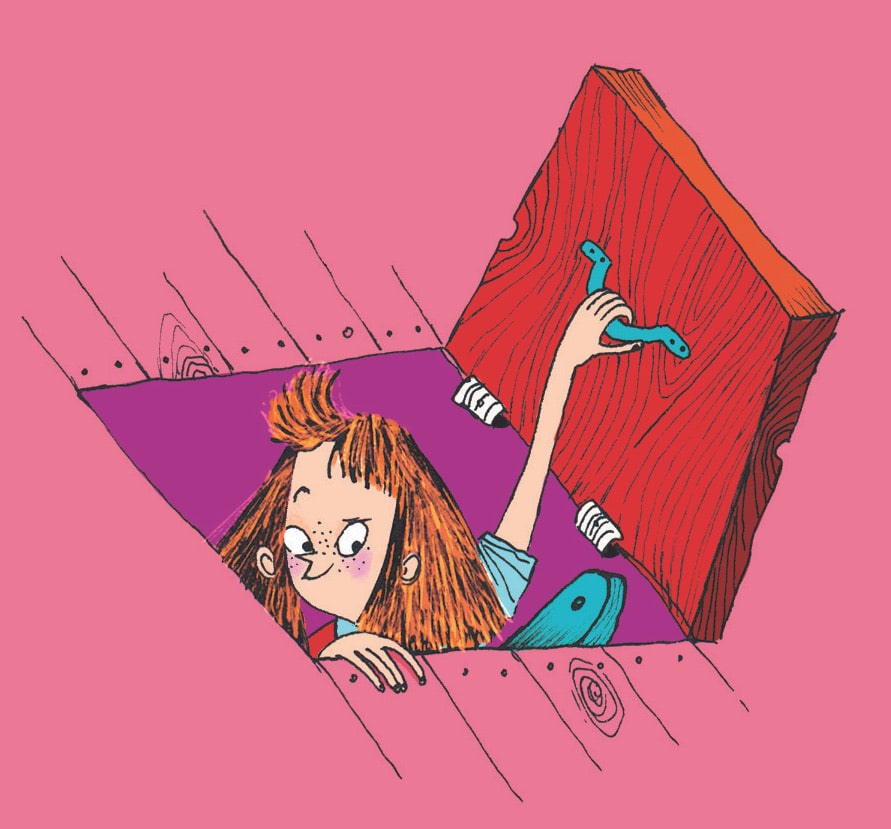 Children are instinctive storytellers. When we first engage in play as children, we usually begin by playing pretend. Toddlers will act out mundane tasks like cooking or talking on the phone, adorably narrating a story of their actions as they go along. As they get older and their play becomes more sophisticated, the things they pretend to do get more fantastical and outlandish, and once they reach the stage of smushing two action figures together and declaring that Elsa and Action Man are going to rob a bank, I reckon they’ve grasped 90% of being a writer—the part that is, simply, play.
Children are instinctive storytellers. When we first engage in play as children, we usually begin by playing pretend. Toddlers will act out mundane tasks like cooking or talking on the phone, adorably narrating a story of their actions as they go along. As they get older and their play becomes more sophisticated, the things they pretend to do get more fantastical and outlandish, and once they reach the stage of smushing two action figures together and declaring that Elsa and Action Man are going to rob a bank, I reckon they’ve grasped 90% of being a writer—the part that is, simply, play.
For the other 10%, there are games. Games are what happen when we attach rules to play. Games give play structure, introduce the idea of a goal, an end point, an objective. Learning how to write stories is the same as flicking through those little paper booklets you get with Ludo or Cluedo. A story, we soon learn, needs to have a beginning, middle and end. Get your counter to the finish line. It needs characters, and a setting. If you land on a ladder, you can leap upward. For a beginner, that’s pretty much it; but the more comfortable you are with playing the writing game the more complicated you can make the rules. Your characters need motivations, your setting needs description, your beginning, middle and end need to have a story arc and a structure. It was Colonel Mustard in The Library with the Lead Pipe.
Games for Story Inspiration
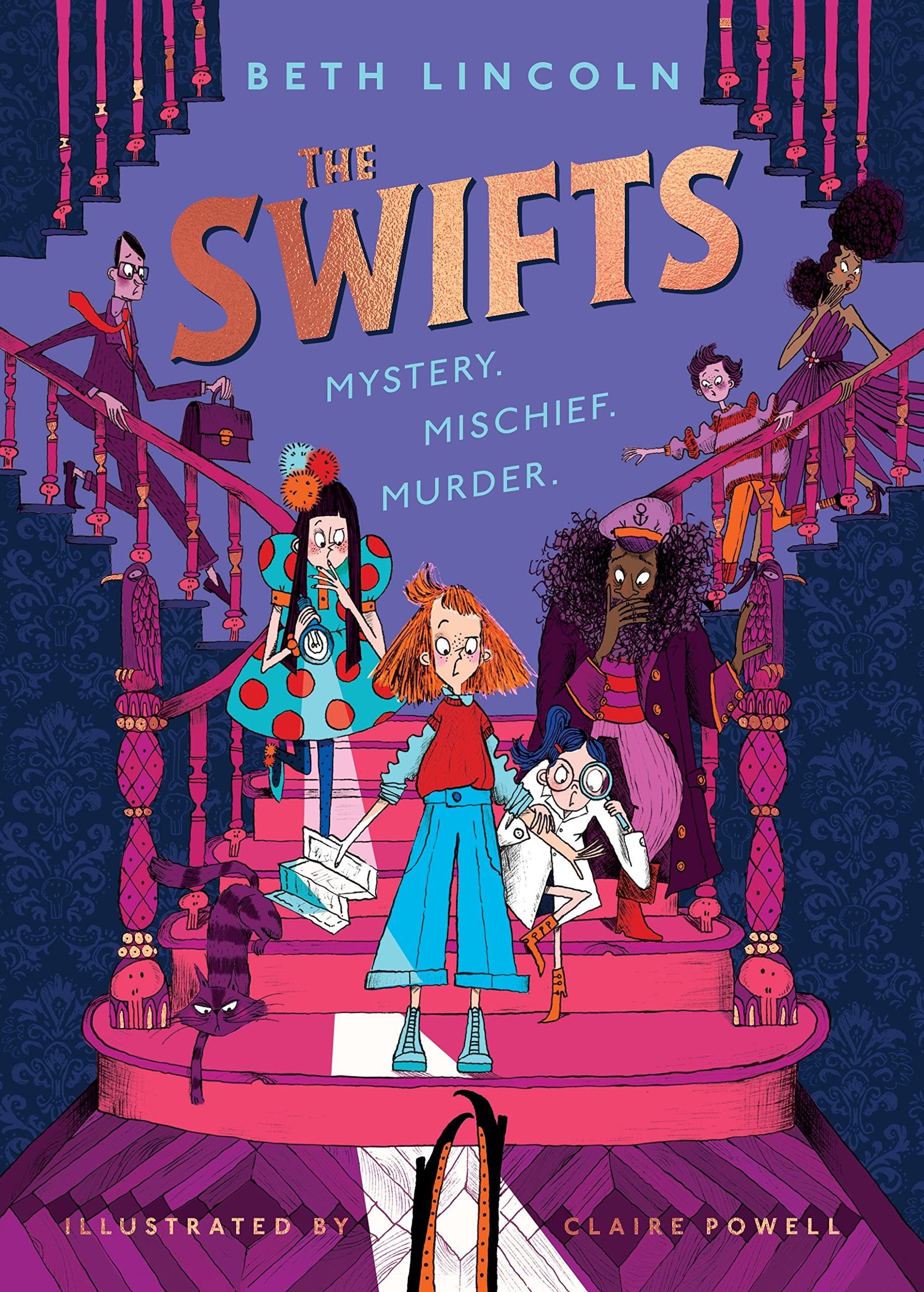 The Swifts grew out of a game I played as a warm-up exercise when writing. In the book, all the Swift children are named at birth, when the great Family Dictionary is opened at random and the child’s parent or guardian points at the word that will be their name and definition. That’s pretty much how I came up with the characters: picking a word at random and seeing if I could create a person who would match that name. I’m a big fan of introducing randomness to writing, the same way there are always elements of chance in the games we play. It’s why we pick cards from a pile, or roll dice. These unexpected things keep us playing and stop the game from getting boring. They upend our surroundings, make us swerve, send us back to the start.
The Swifts grew out of a game I played as a warm-up exercise when writing. In the book, all the Swift children are named at birth, when the great Family Dictionary is opened at random and the child’s parent or guardian points at the word that will be their name and definition. That’s pretty much how I came up with the characters: picking a word at random and seeing if I could create a person who would match that name. I’m a big fan of introducing randomness to writing, the same way there are always elements of chance in the games we play. It’s why we pick cards from a pile, or roll dice. These unexpected things keep us playing and stop the game from getting boring. They upend our surroundings, make us swerve, send us back to the start.
I’ve had the privilege of doing some of my first school visits recently, and I can’t tell you how excited the kids were when I pulled a bag of oversized dice from my bag. We used the dice to decide the age of a character, to pick between contentious options in backstory creation, and for writing a story using numbered lists, like: ‘A (CHARACTER – 12 options) GOES TO (SETTING – 12 options) TO (OBJECTIVE – 12 options)’. We ended up with some fun combinations, like ‘A (goblin) goes to (a haunted theme park) to (compete in a tournament)’, and the children then had to use their creativity to create a storyline from this strange set of circumstances.
Games for Writing Skills
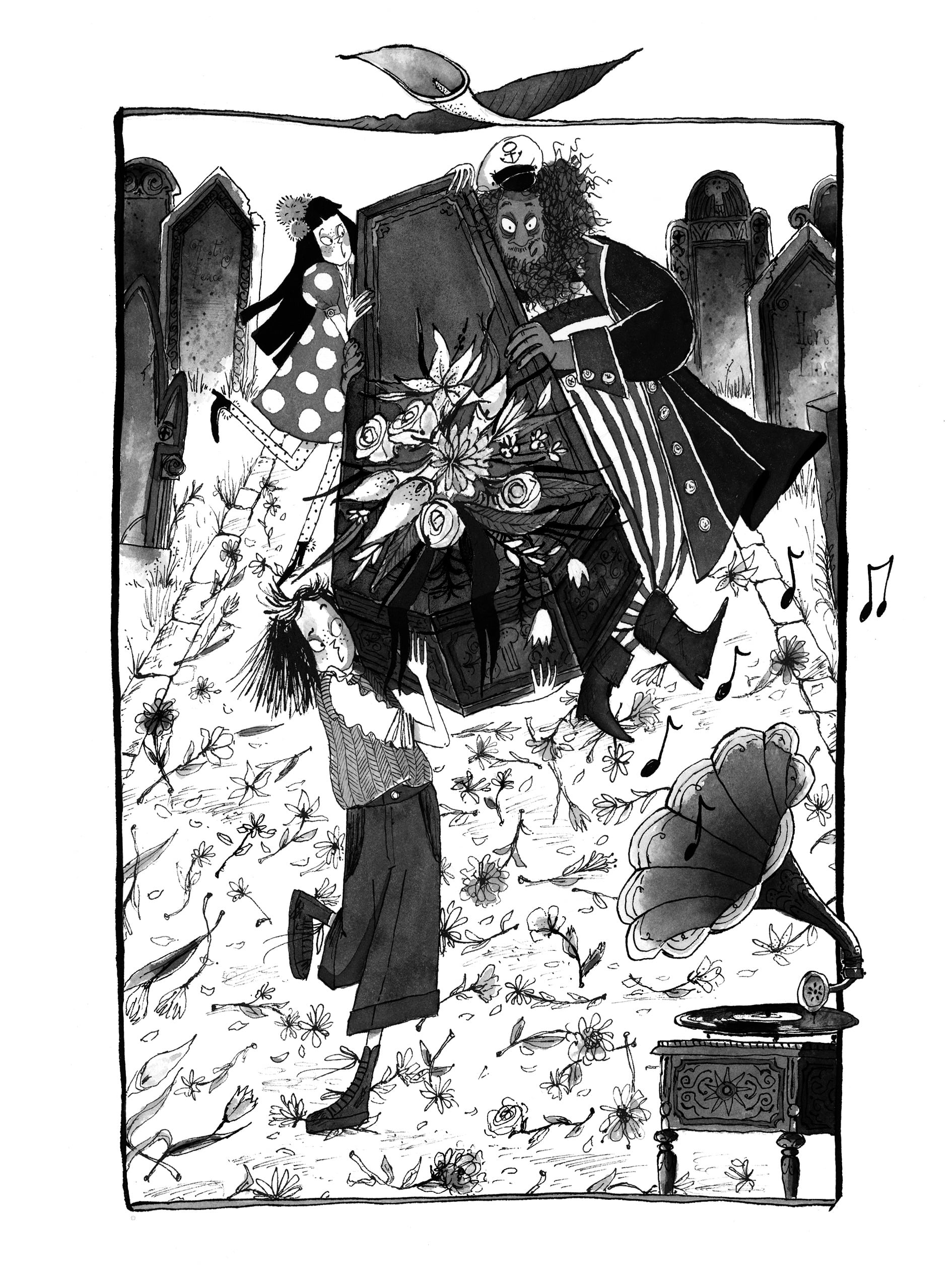 I could go on about this for pages, quite honestly. There are countless opportunities to introduce games and play when teaching writing skills:
I could go on about this for pages, quite honestly. There are countless opportunities to introduce games and play when teaching writing skills:
- You can use dice to decide if a character’s action is successful or not, the way you would when playing an RPG– having to adapt when a low roll scuppers your intended action can lead to some wild plot decisions.
- You can use shuffled story cards or tarot decks to construct stories, or to explore character archetypes.
- Playing with found objects and craft materials prompts sensory description.
- Word games like Scrabble and Boggle help expand our vocabulary, inventing new words from existing roots, prefixes and suffixes teaches us a lot about etymology, and digging up the old exquisite corpse game encourages collaborative storytelling.
The Thrill of the Game
The Swifts booby-trap their own home. They play Scrabble to solve disputes, and hold tournaments where they try to creatively insult each other. Every ten years, a Family-wide treasure hunt brings them back to their ancestral home. When Shenanigan has to solve the attempted murder of her Aunt, she’s less interested in all the boring details of the investigation than she is the thrill of beating the murderer at his own game. The Family and I might not have much in common, but we’re all more likely to learn through play than through instruction.
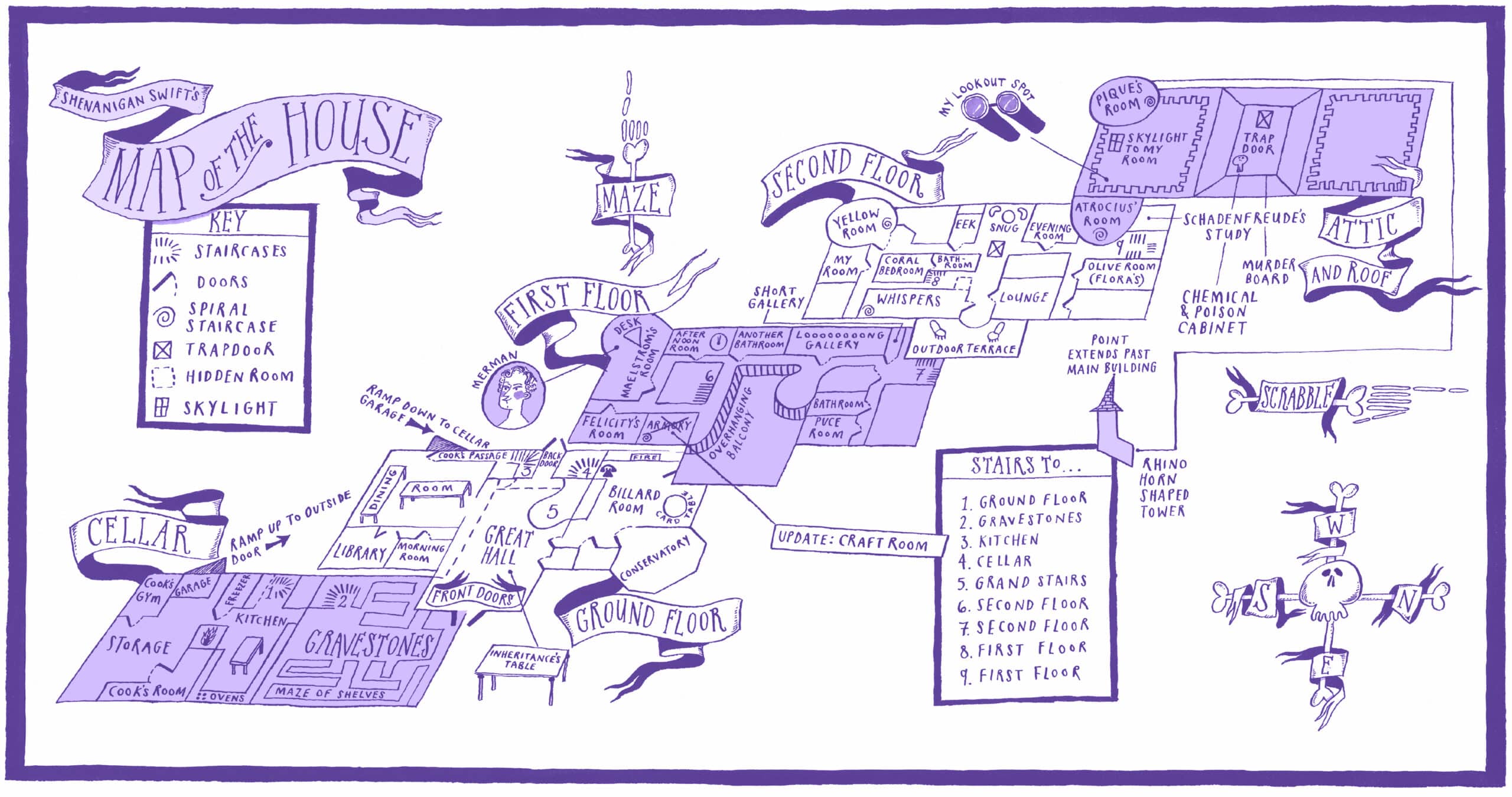
If we treat writing like this, as a game we play together, then perhaps we can make a generation of young people for whom writing is fun. Who knows, we might even have fun ourselves.
The Swifts is available via Amazon or Bookshop.
See our Review Panel’s comments on the book here. A downloadable set of teaching notes is available and the second book in the series is due later in 2024.
For more book suggestions for KS2, try our list of Best Books for 10 Year Olds or Year Group booklists.
Where next?
> Visit our Reading for Pleasure Hub
> Browse our Topic Booklists
> View our printable year group booklists.
> See our Books of the Month.








